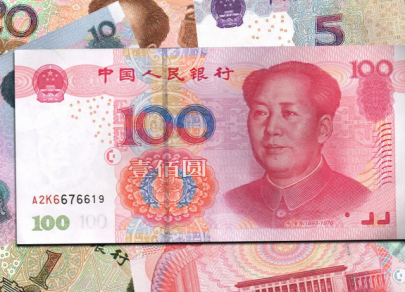FX.co ★ Top 5 global reserve currencies
Top 5 global reserve currencies
US dollar
The undisputed leader of this list is the US dollar. While the greenback has recently seen a slight dip in dominance, it still holds sway over global markets. Nearly every country uses it for international settlements. According to current estimates, about 62% of all foreign exchange reserves worldwide are held in dollars, a staggering figure exceeding $7 trillion. Remarkably, only 30% of that total is physically located within the US. In the global forex market, around 85% of all transactions involve the dollar.
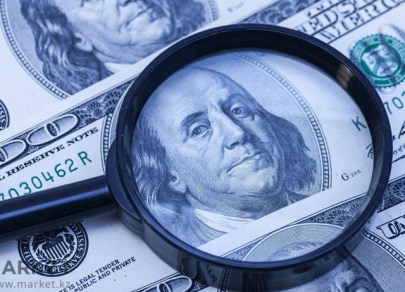
Euro
Europe’s common currency takes second place. The euro’s global stature has significantly strengthened, particularly following the 2008 financial crisis and the COVID-19 pandemic. Today, the euro is widely recognized as the second-most important reserve currency. Still, its share of global reserves is about three times smaller than that of the dollar, standing at roughly 20%. The euro is the official currency of 19 European nations and is frequently used in global payments. The introduction of a unified financial instrument helped accelerate economic integration and boost trade across the euro area, fueling business expansion across the region.
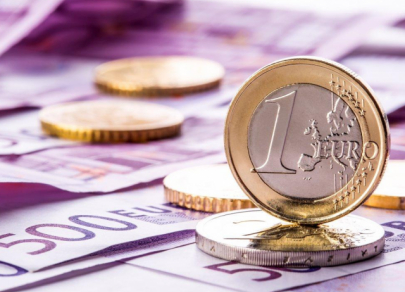
Japanese yen
Japan’s yen ranks third on the global reserve currency list. Currently, the yen accounts for 4.9% of international reserves, equivalent to about $650 billion. Its position in global finance remains solid, largely thanks to Japan’s early adoption of zero-interest-rate policies. Experts also highlight the country’s relative resilience to global financial shifts. The yen is widely viewed as a safe-haven currency, particularly during periods of economic turbulence in the Asia-Pacific region.
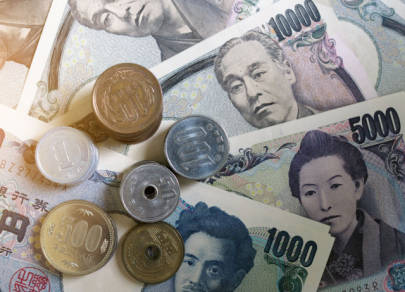
Pound sterling
The British pound is fourth in the ranking. Sterling makes up 4.5% of global reserves, translating to roughly $500 billion. The pound lost its dominant status to the US dollar after World War II and the dissolution of the British Empire. Before that, the pound held global supremacy for nearly three centuries. Today, the British currency remains one of the most actively traded in global markets. Notably, sterling continued to strengthen following Brexit, the UK’s departure from the European Union.
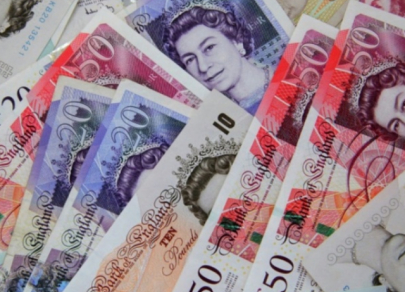
Chinese yuan
China’s yuan rounds out the top five. On October 1, 2016, the International Monetary Fund officially recognized the yuan as part of its basket of reserve currencies. The Chinese currency now makes up nearly $230 billion in global reserves, about 2% of the total. The yuan remains tightly controlled by the state, and limited convertibility continues to restrict its global reach. Still, Beijing is actively working to boost the yuan’s role in international finance. From time to time, these efforts have delivered tangible results.
